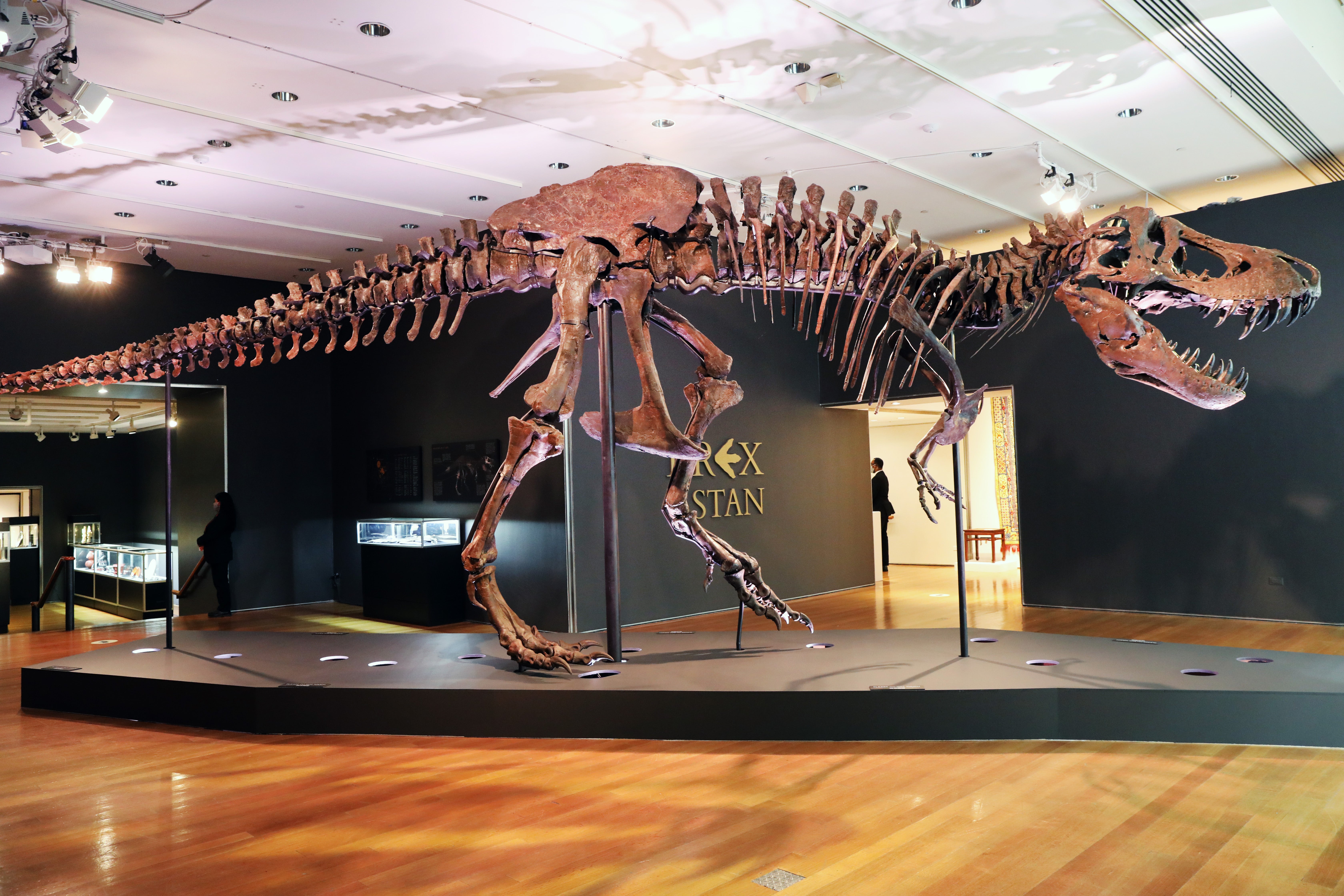T Rex had best ‘bite detectors’ of all dinosaurs, says study
Scientists believe the dinosaur may have been a picky eater

Your support helps us to tell the story
From reproductive rights to climate change to Big Tech, The Independent is on the ground when the story is developing. Whether it's investigating the financials of Elon Musk's pro-Trump PAC or producing our latest documentary, 'The A Word', which shines a light on the American women fighting for reproductive rights, we know how important it is to parse out the facts from the messaging.
At such a critical moment in US history, we need reporters on the ground. Your donation allows us to keep sending journalists to speak to both sides of the story.
The Independent is trusted by Americans across the entire political spectrum. And unlike many other quality news outlets, we choose not to lock Americans out of our reporting and analysis with paywalls. We believe quality journalism should be available to everyone, paid for by those who can afford it.
Your support makes all the difference.The jaw of the mightyTyrannosaurus rex had sensitive nerves that may have enabled it to better detect and eat its prey than any other dinosaurs studied yet, a new study reveals.
According to the research, published today in the journal Historical Biology, the nerves in the mandible of the T rex is more complexly distributed than those of any other dinosaurs studied to date, and comparable to those of modern-day crocodiles and tactile-foraging birds, which have extremely keen senses.
“What this means is that T rex was sensitive to slight differences in material and movement; it indicates the possibility that it was able to recognise the different parts of their prey and eat them differently depending on the situation,” study co-author Soichiro Kawabe said in a statement.
The scientists from Japan’s Fukui Prefectural University believe the dinosaur may have been a picky eater, using its highly sensitive jaws to actively remove and consume soft tissues from prey bones during scavenging without crashing the hard parts.
“T rex was an even more fearsome predator than previously believed. This completely changes our perception of T rex as a dinosaur that was insensitive around its mouth, putting everything and anything in biting at anything and everything including bones,” Mr Kawabe said.
In the research, the scientists analysed and reconstructed the distribution of nerve and blood vessel canals of a fossil T rex mandible, originally unearthed in Hell Creek Formation in Montana, US.
The scientists then compared their mandible neurovascular canal reconstruction with those of other dinosaurs such as Triceratops, as well as living crocodiles and birds.
While earlier studies have analysed the morphology of vessels and nerves in the jaw of several fossil reptiles, the researchers said this is the very such investigation of the internal structure of the mandible of a T rex.
The study revealed that T rex had the most complex branching of nerves and blood vessels amongst the sampled dinosaurs, comparable to that of modern-day crocodiles.
Based on the analysis, the scientists also speculated that the jaw tip of Tyrannosaurus may have played an essential role as a sensitive tactile sensor, helping the mighty dinosaur not only in predation, but also to perform behaviours requiring fine movements such as “nest construction, parental care, and intra-specific communication.”
Join our commenting forum
Join thought-provoking conversations, follow other Independent readers and see their replies
Comments